The Zwinger is one of those historic buildings so seamlessly incorporated into the city’s fabric that it’s almost impossible to imagine the city without it. Yes, it is also a trendy tourist destination, but the people who live and work in Dresden don’t treat it as a place just for visitors. For them, it’s a commuter pathway, a meeting spot for lunch, a place to sneak away with your date for a midnight kiss, and even a great place for a jog.

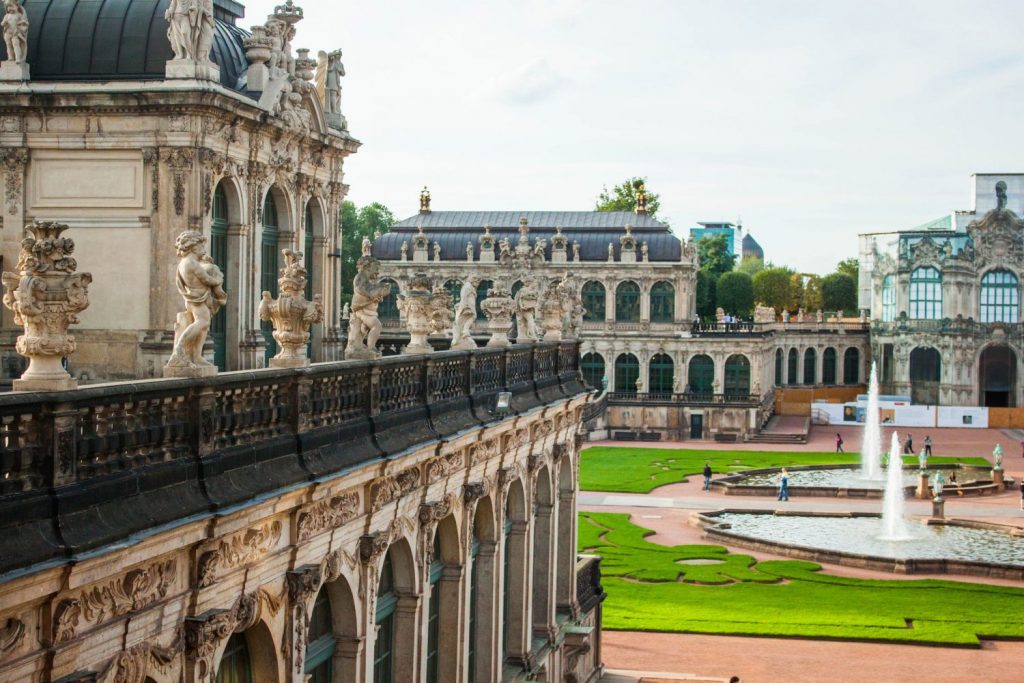
Access
The Zwinger Palace is located in the historic city center of Dresden, Germany. It is situated on Theaterplatz, near the Elbe River, and is surrounded by beautiful baroque gardens. You can access the Zwinger mostly by foot as Dresden is pretty small. But if you’re arriving from farther afield you can take the #8 Tram to the Theaterplatz stop. From there it’s only a one-minute walk to the gates of the Zwinger
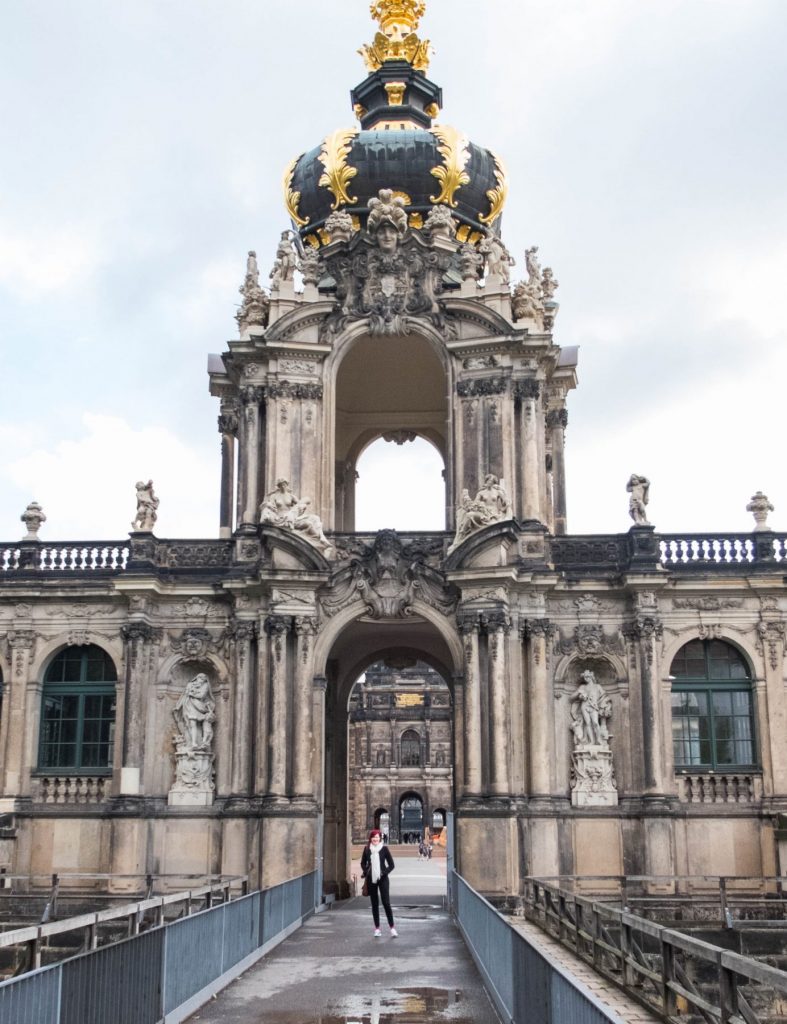
Do You Need to Buy Admission?
To wander the grounds of the Zwinger and their gardens you don’t need to pay any admission as it is open to the public. But to view any of the galleries and museums located inside the buildings surrounding the grounds you’ll need to purchase a ticket.
History of the Zwinger
The Zwinger is, to this day, one of the most incredible baroque buildings in Germany. It was built for Augustus II the Strong. After returning from a grand tour through France and Italy in 1687, he explored King Louis XIV’s new court of Versailles and was eager to create a similar elaborate palace for himself in his hometown of Dresden.
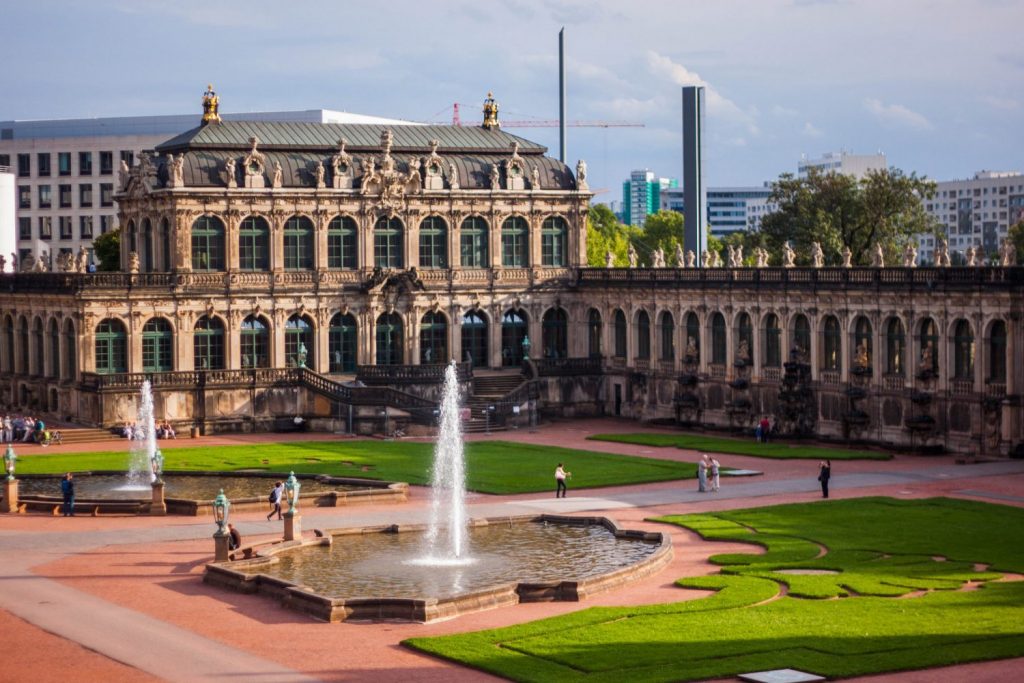
The word ‘Zwinger‘ comes from the medieval German term for a fortress wall which protects a city. Archaeologists discovered that in the 12th century, the city’s fortification walls were once in this exact location. But since these fortifications were no longer needed, in the 16th century, Augustus had them torn down to make space for a new palace.
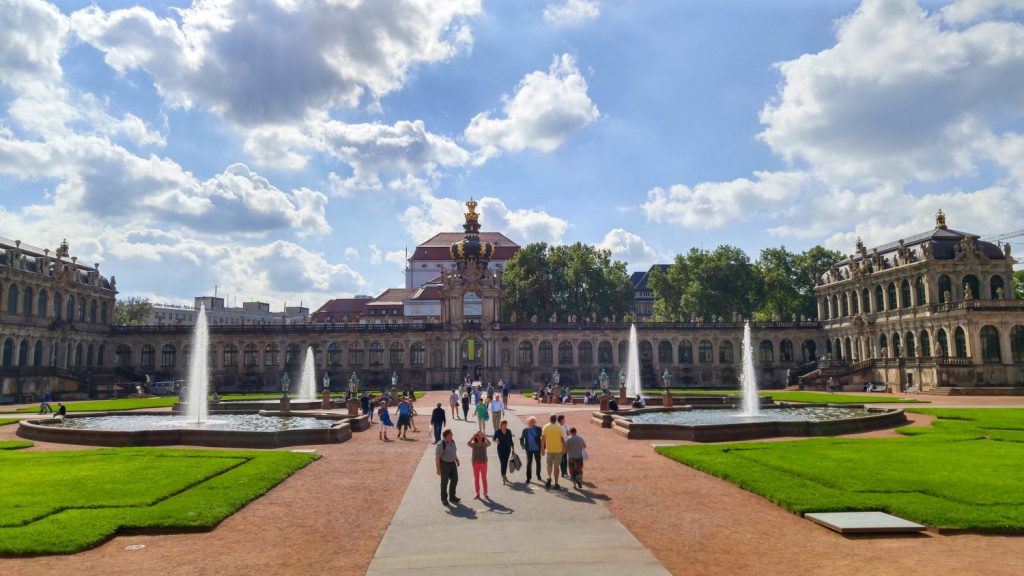
Augustus’ vision was six large pavilions connected by galleries which encircled a large courtyard. He called it a great festival space “whose ceiling is the sky.” The courtyard was made up of several gardens and an orangery. This would be the venue for any grande festivity held by the royal family. Some pavilions surrounding the courtyard were designed to house Augustus’ many royal collections of antiquities and art.
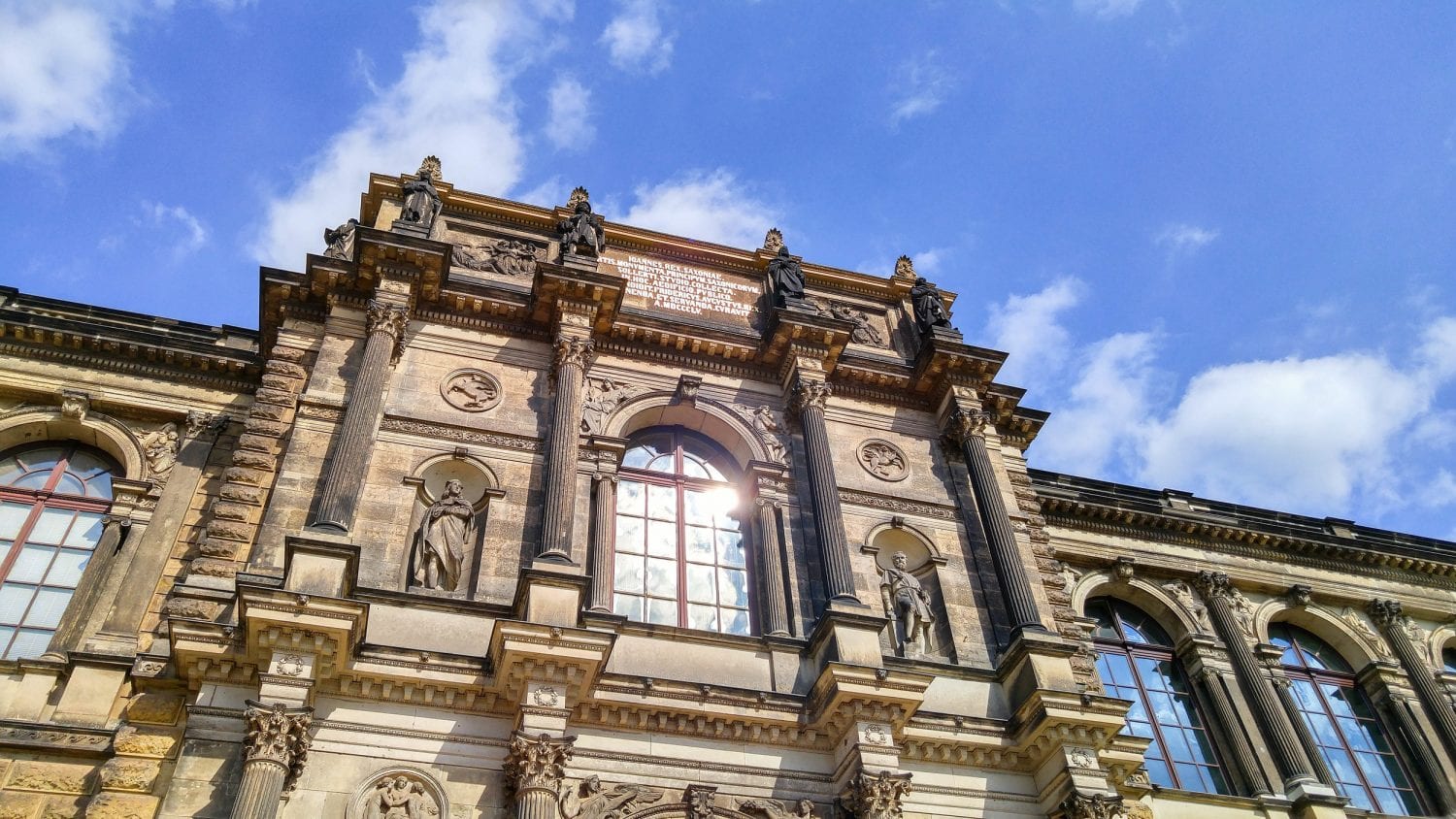
The Zwinger was never meant to be a residence that was to come later, on the other side, closer to the Elbe. But Augustus died before he could oversee this construction, and that piece of land was left empty until the Semperoper House was built in 1841.
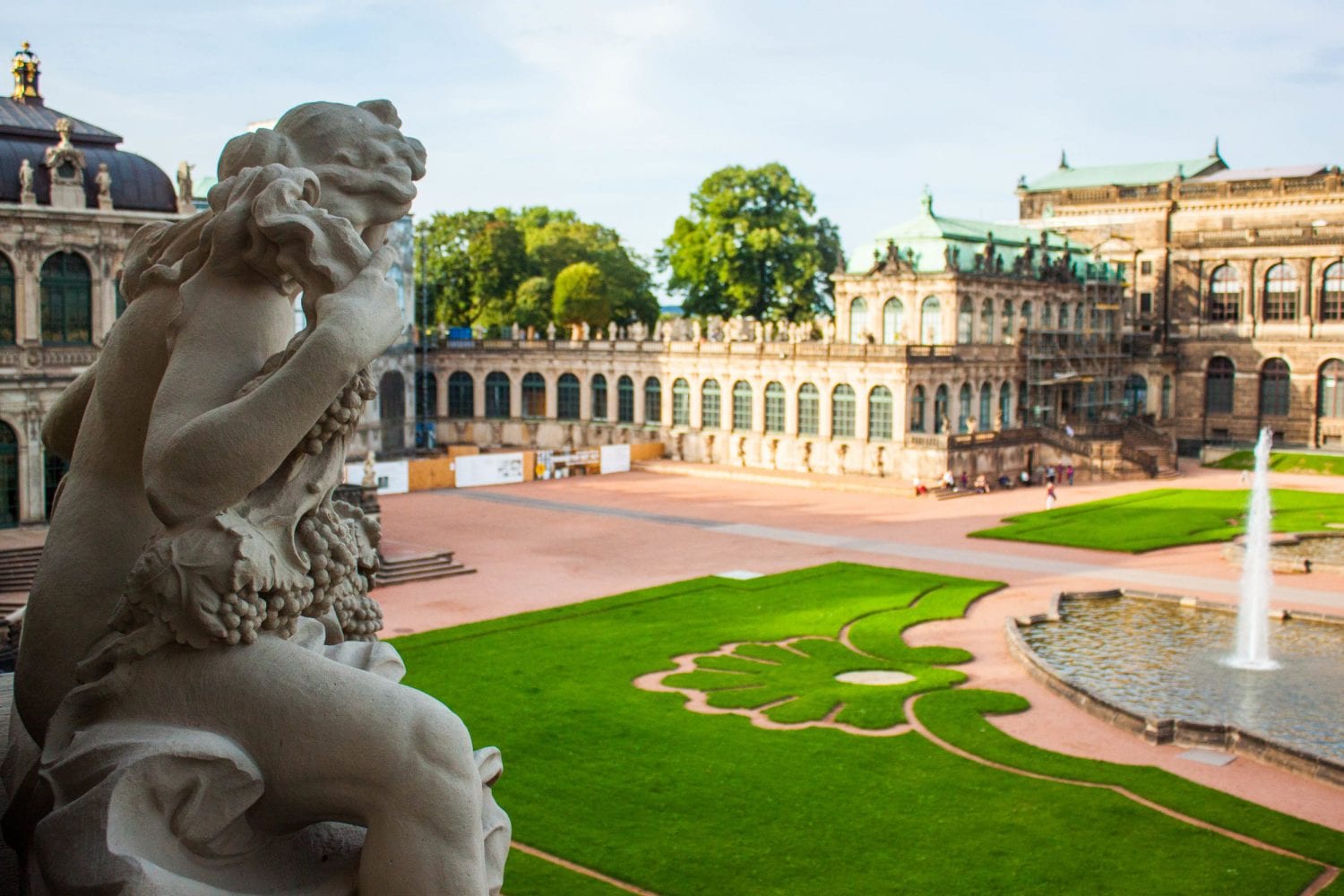
Architecture of the Zwinger
The Zwinger was built in the late baroque style called ‘Rococo’ by designer Pöppelmann in 1710-1728. The Zwinger was formally inaugurated in 1719 for the wedding of Prince Frederick August to Maria Josepha. The Rococo style embraced curves and elaborate ornaments but amped up the drama. Rococo added a sense of play to the designs. Rococo designers felt that architecture should have a sense of motion and used dramatic curves, making the viewer feel as though the building was alive. The Rococo style loved to emphasize piety. Plants and vines are featured prominently, carved into many parts of the Zwinger.

Because the gardens were mainly for parties, it is no surprise that you’ll find statues or symbols of Bacchus everywhere you look. Bacchus is the Roman god of agriculture and wine. His followers are happily partying satyrs, which you’ll also find along the roofs and balconies of the Zwinger.
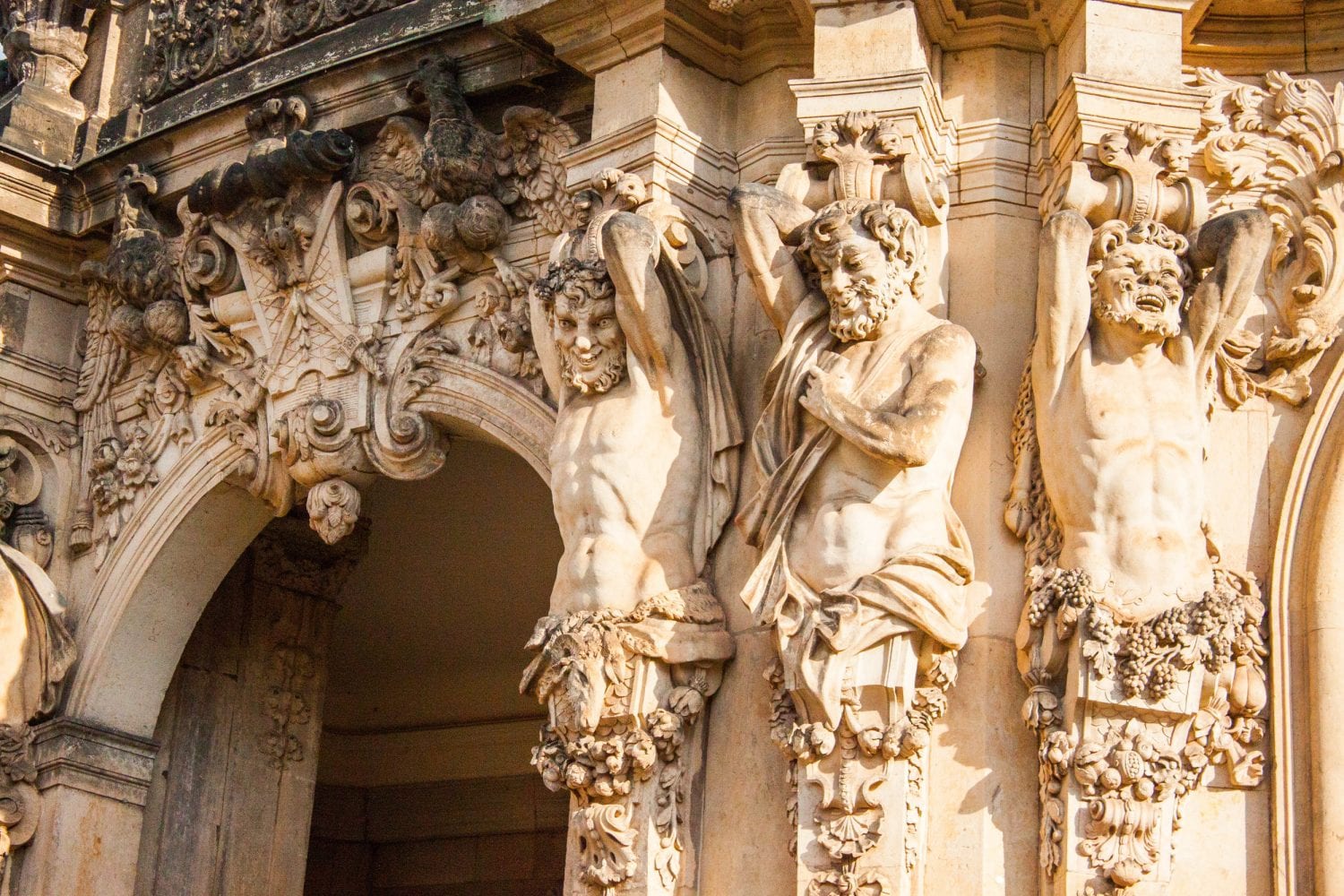
In addition to the bacchanalia, you’ll find richly decorative and whimsical figures, countless ornamental details pouring over every inch of the building and sculptures made by Balthasar Permoser and his assistant Paul Hermann.
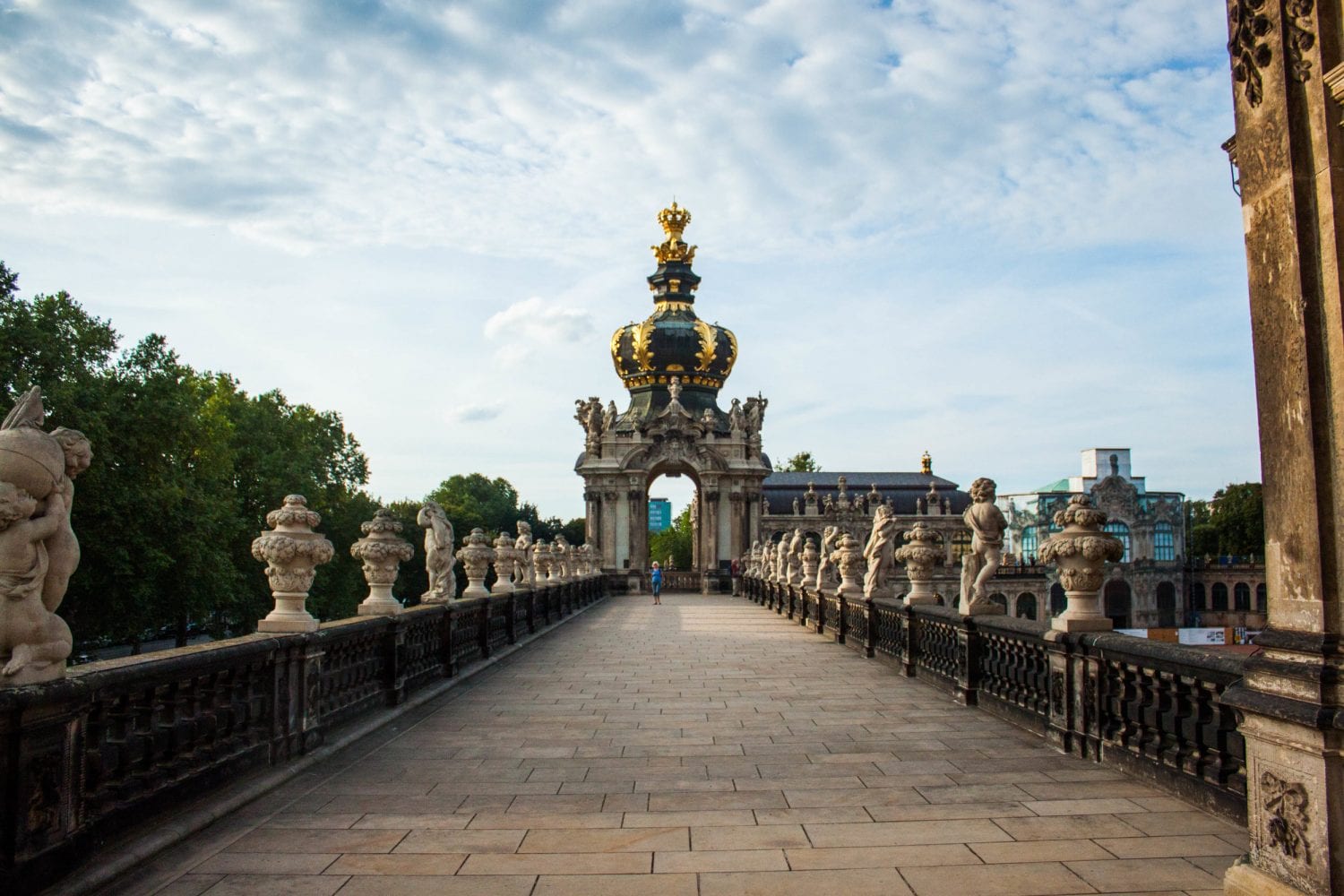
The only place where the Zwinger breaks away from the Rococo aesthetic is its floor plan. The garden itself follows a geometric plan, and one side is a mirror image of the other. There is something very calming in symmetry, in particular against all the busy ornamentation that is going on around it.
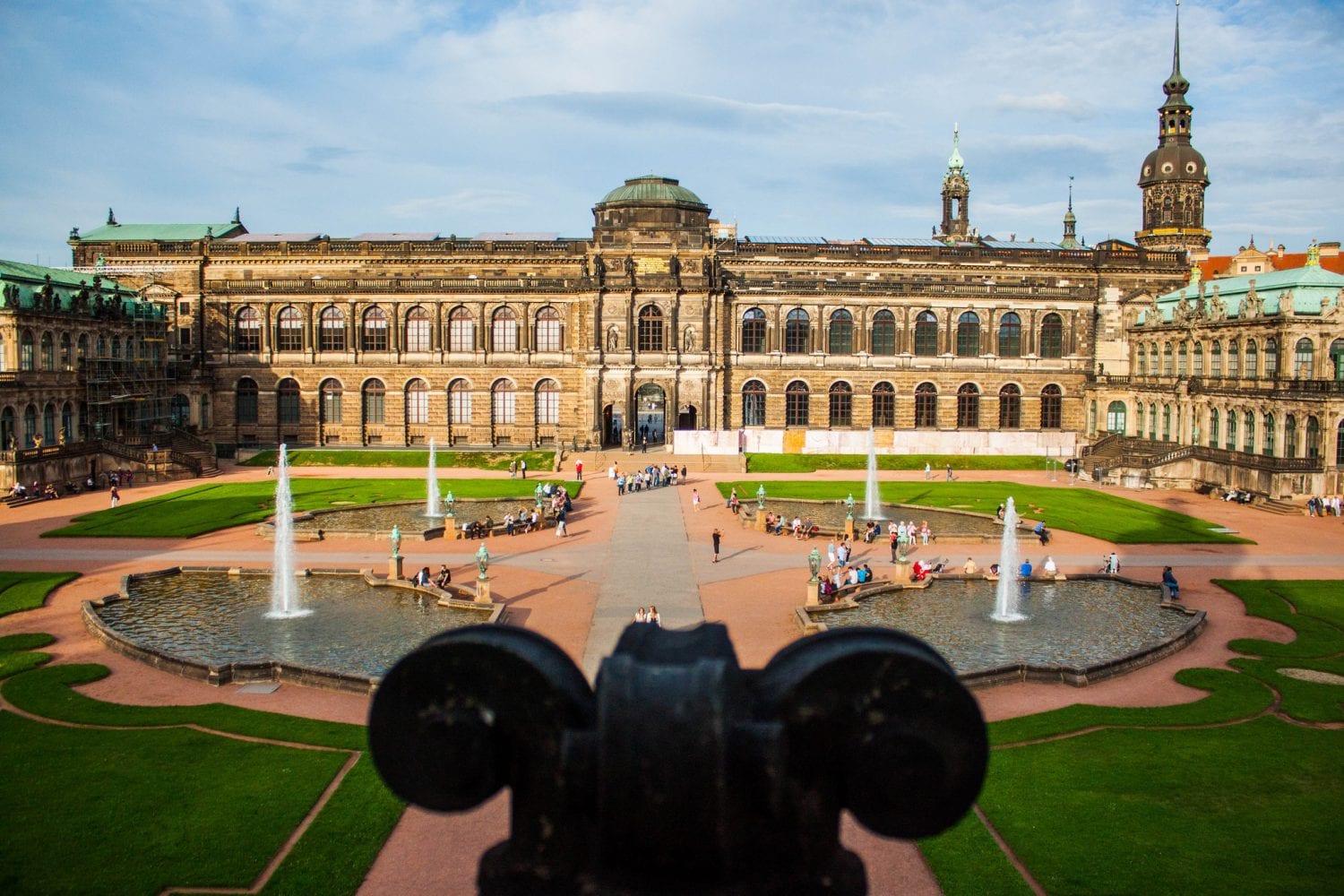
Glockenspiel Pavilion
The Glockenspiel Pavilion southeast of the Zwinger is topped by a sculpture of Hercules. Hercules, holding the globe on his shoulders, is meant to reference Augustus 1st. The Glockenspiel building features a collection of porcelain bells made by the famous Meissen porcelain factory. The carillon of bells plays a melody every 15 minutes. The songs depend on the seasons and include Vivaldi, Mozart, and Bach pieces. Meissen was a town only about 25 km from Dresden and created some of the finest quality porcelain outside of Asia and was the first European porcelain factory when it opened in 1710.

During WWII, the buildings of the Zwinger were almost entirely eviscerated. The art from the collections had been previously removed before the bombings. But the rubble that was left meant a huge restoration job to open the Zwinger back up to the public as it once was.

Nymphenbad
The Nymphenbad can be found tucked away in the North West corner of the Zwinger. It is a small enclosed courtyard with a baroque fountain. Traditionally, in the Roman period, Nymphenbads were monuments consecrated to the nymphs and tritons/ They were a place to celebrate and relax. Back here, you can escape the hustle and bustle of the central gardens and find a moment of peace. It is also here that you’ll locate the staircase leading to the 2nd-storey walkway surrounding the Zwinger.
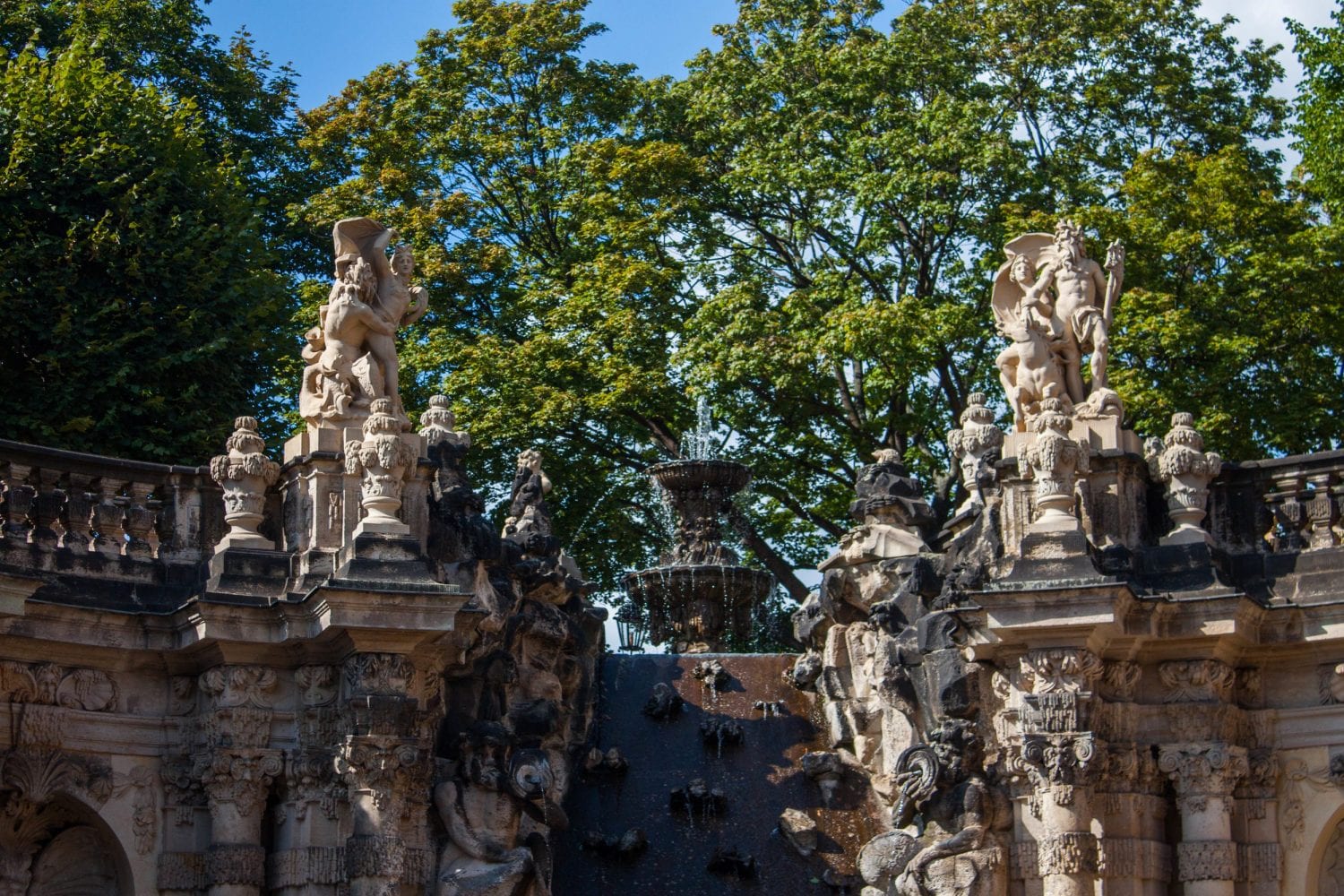
Although August the Strong has been dead for many years, his presence can still be felt in these gardens. He wanted to create a space for his people to celebrate Dresden and all its glory. Many Kings rejected or looked down on the everyday people. But Augustus was a man of the people and seemed to want to invite them into his life.

Museums inside the Zwinger
Once inside the Zwinger, you can visit one of their three incredible galleries. The Old Masters Picture Gallery contains an exquisitely, curated collection some of the best European Old Masters. The Dresden Porcelain Collection is a collection of Asian and Meissen porcelain designs from the 16th-19th century. The Mathematical and Physical Instruments Gallery has some of the most interesting scientific instruments that helped astrologists from as early as the 16th century discover the secrets of the universe.
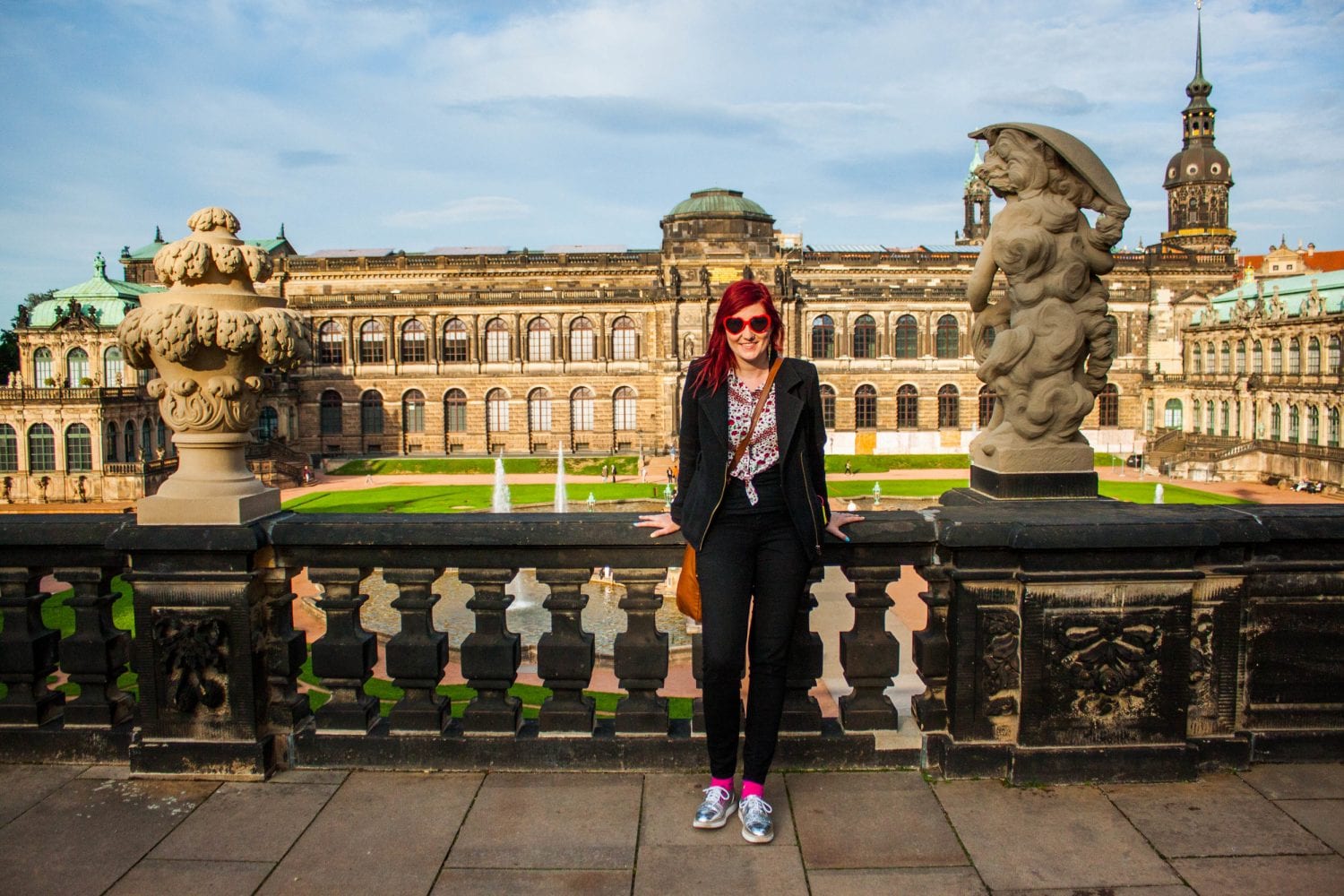
The Zwinger Palace in Dresden is a true gem, rich in history and architecture. From its beautiful baroque gardens to its impressive collections housed within, the Zwinger is a must-visit for anyone interested in art, history, and culture. I loved simply strolling through the grounds going to-and-from our day-to-day activities. I hope you find it to be equally as charming!
Happy Travels, Adventurers


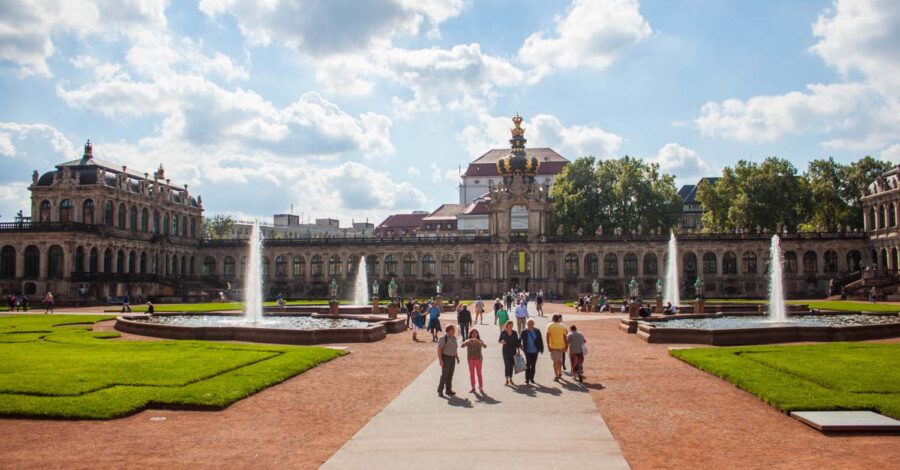
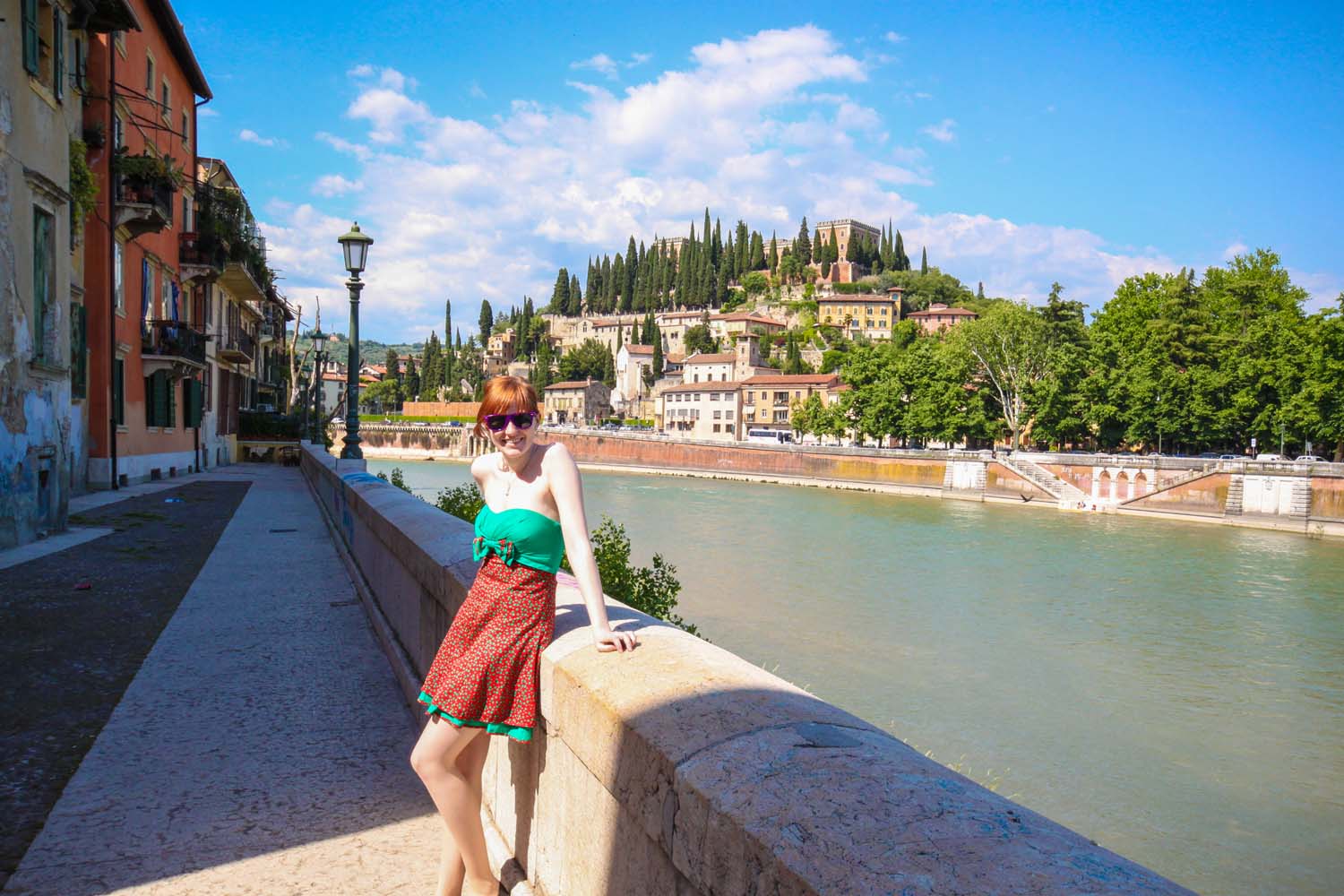


Leave a Comment